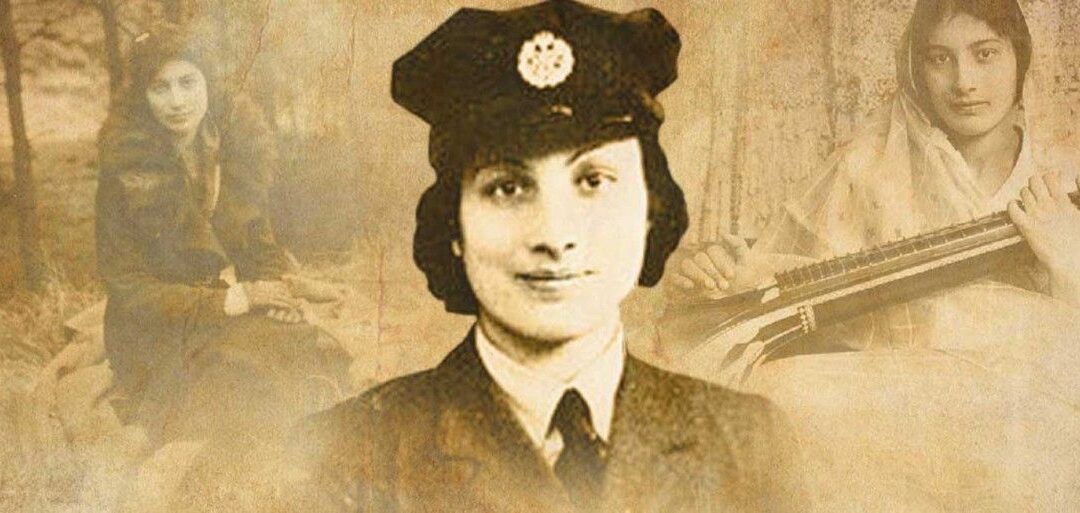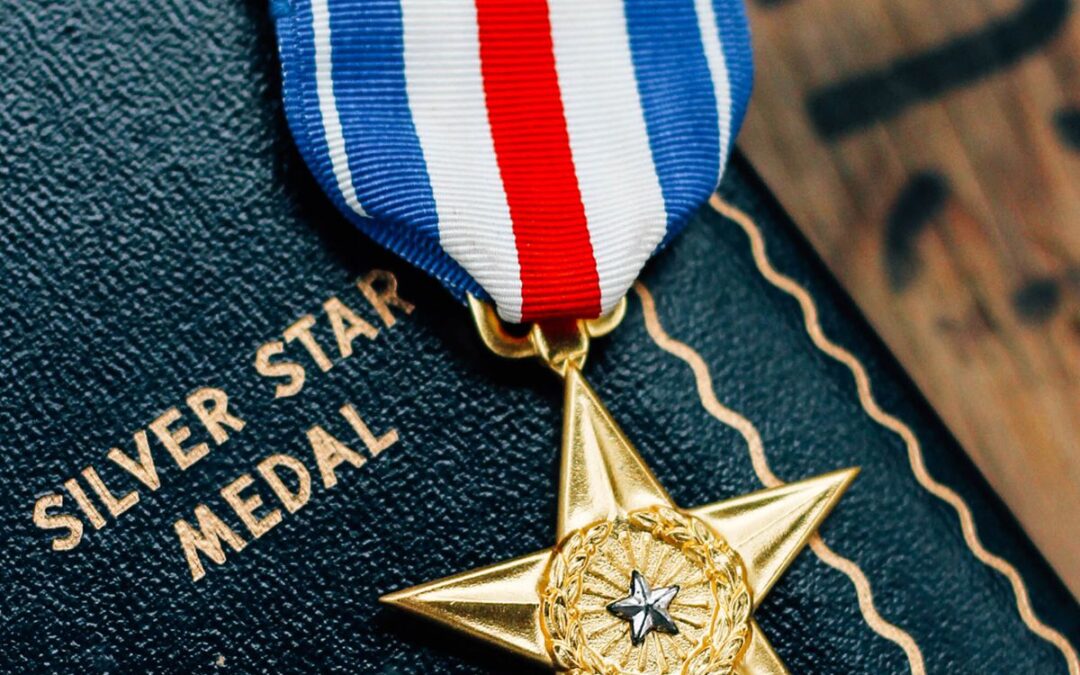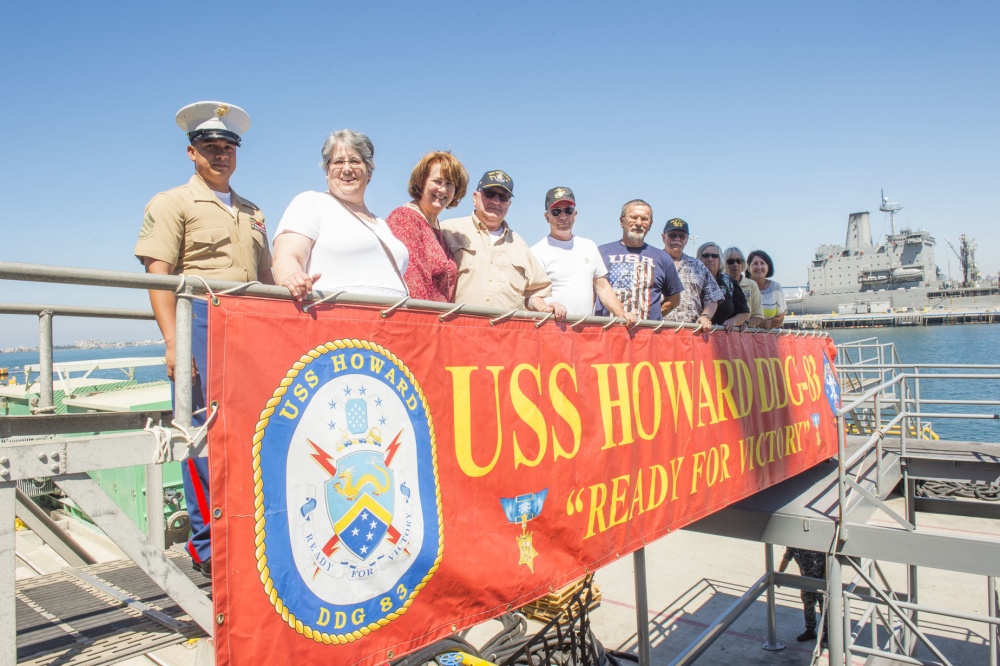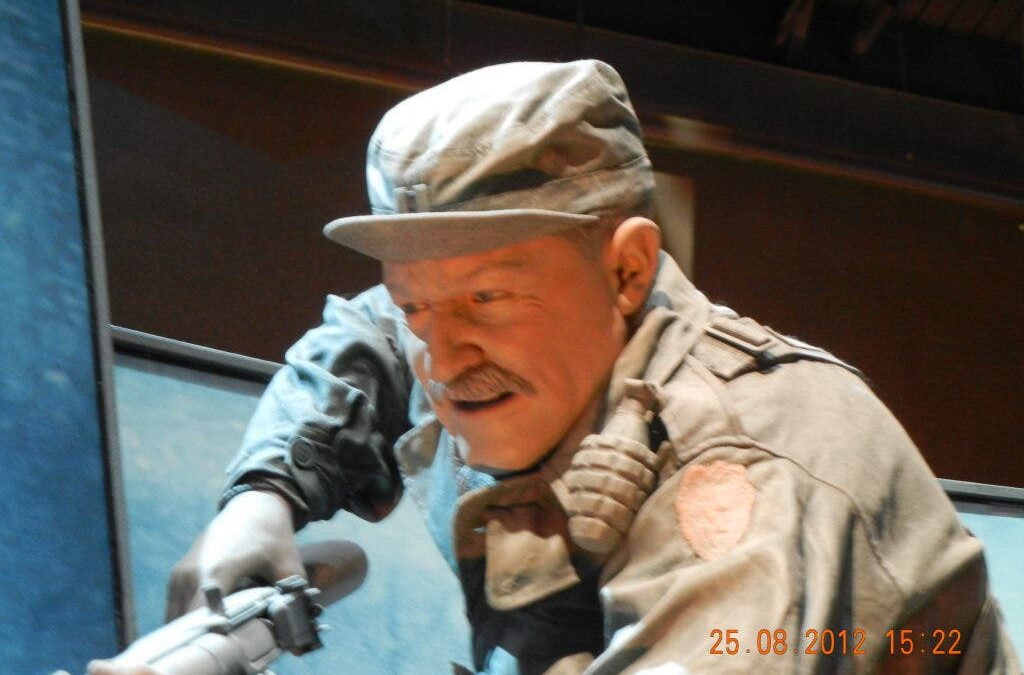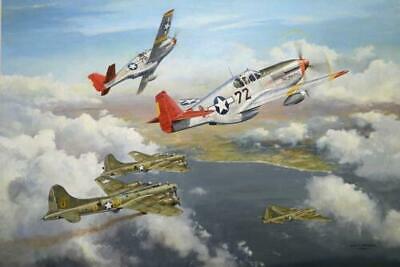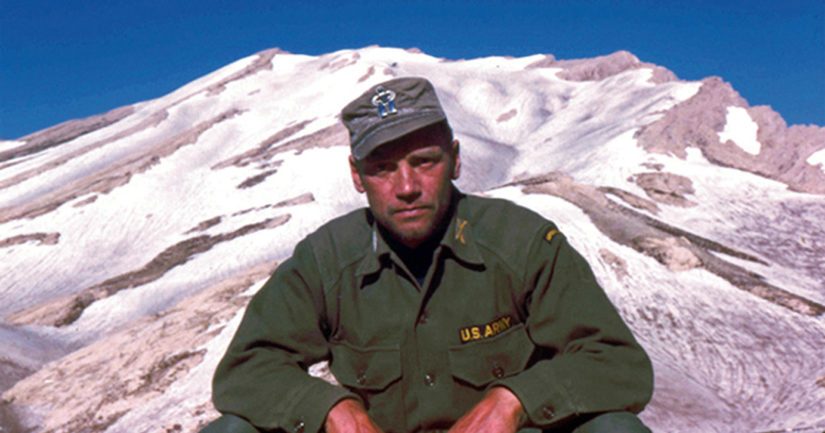Biography of Nur Inayat Khan Noor Inayat Khan was born New Year's Day 1914 in Moscow to Hazrat Inayat Khan an Indian Sufi mystic of royal lineage and his American wife, Ora Ray Baker, half-sister of Perry Baker, often credited with introducing yoga into America. On her father's side, she was the great-great-great-granddaughter of Tipu Sultan, the celebrated Muslim ruler of Mysore, who in the 18th Century successfully fought the British, stemming their advance into South India. He was killed in battle in 1799. As a child, she and her parents escaped the chaos of revolutionary Moscow in a carriage belonging to Tolstoy's son. Raised in Paris in a mansion filled with her father's students and devotees, Khan became a virtuoso of the harp and the veena (a plucked stringed instrument originating in ancient India), dressed in Western clothes, graduated from the Sorbonne and published a book of traditional Indian children's stories - all before she was 25. One year later, in May 1940, the...
